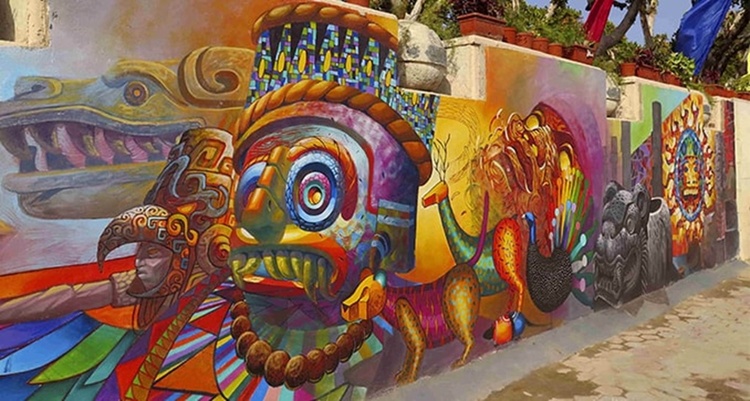
History of street art in Mexico
Street art has a long and interesting history in Mexico, which dates back to muralist traditions but has evolved in very particular ways:
Background:
- The public murals of the great Mexican muralists such as Diego Rivera, José Clemente Orozco and David Alfaro Siqueiros in the first decades of the 20th century, laid the foundations for popular and protest art in the streets.
- In the 60s and 70s, student groups used graffiti and street paintings during social protest movements such as '68.
Beginnings of modern graffiti:
- In the late 70s, influenced by the graffiti that emerged in cities like New York and Philadelphia, some of the first Mexican graffiti writers such as Muans, 움the Mex and Hade appeared.
- In the 80s and 90s, graffiti spread among gangs and urban neighborhoods, especially in the north of the country.
Contemporary urban art:
- Starting in the 2000s, street art diversified its techniques beyond graffiti, incorporating stencils, stickers, stencils, elaborate murals, etc.
- Important urban art scenes are developing in cities such as Mexico City, Guadalajara, Monterrey and Puebla.
- Internationally recognized artists such as Niño de las Pinturas, Neuzz, Saner, Smithe, Curiot and Sego, among many others.
- Increasing professionalization, with festivals, commercial orders and commissioned works.
- Frequent topics are social criticism, indigenism, popular culture, ecology.
Despite its ephemeral and non-permissive nature, Mexican street art has become a vibrant artistic and countercultural expression, mixing local influences with global currents. It reflects an incessant search for public dialogue and urban appropriation.
Latamarte
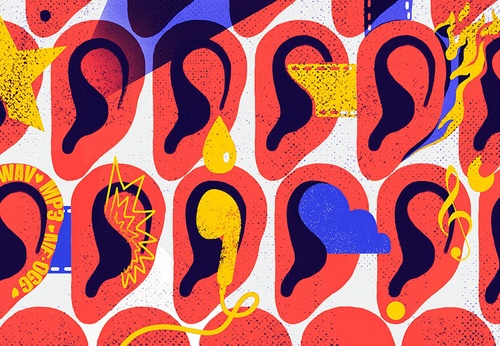
- July 18, 2025
Gallery of Illustration by Yanaisy Puentes – Cuba
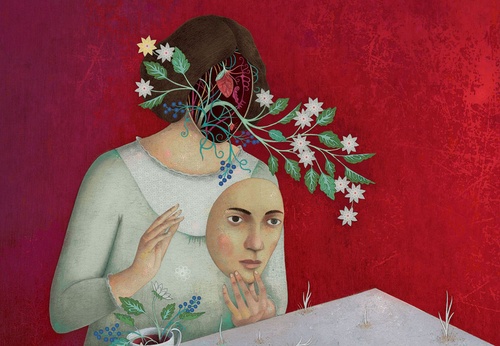
- July 18, 2025
Gallery of Illustration by Alefes Silva – Colombia
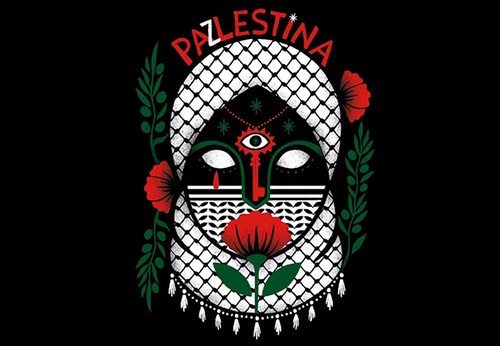
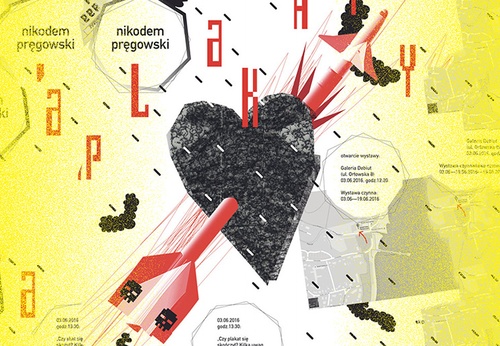
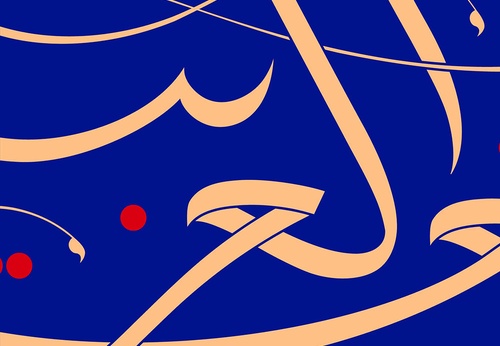
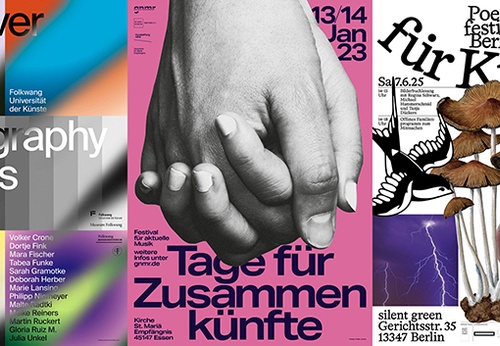
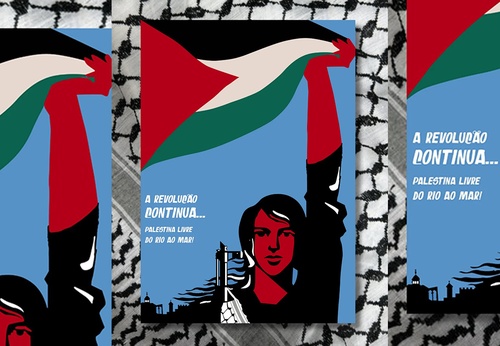
- July 18, 2025
Gallery of Graphic Works by Rodrigo Castello from Brazil
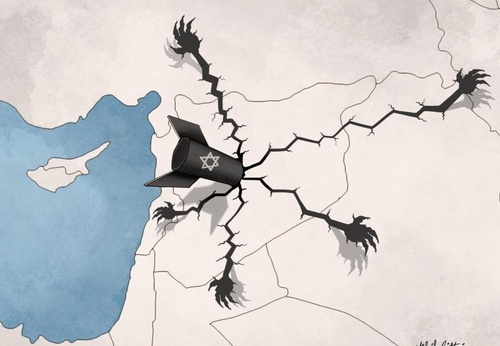
- July 17, 2025
Syria
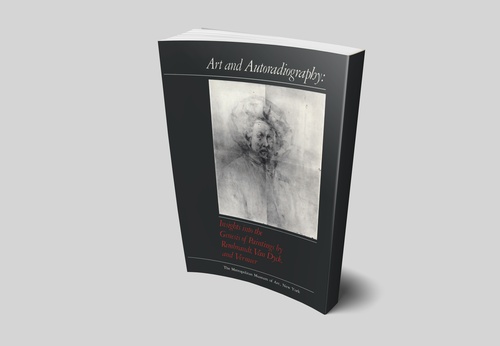

- July 16, 2025
Impact of Digital Artists on Media

- July 16, 2025
Influence of 19th-Century Styles on Mod…

- July 16, 2025
How does AI help discover creative idea…

- July 15, 2025
How does Artificial Intelligence help d…

- July 15, 2025
Differences between modern art and cont…

- July 14, 2025
Visual Techniques in Advertising Photog…

- July 14, 2025
Graphic Design and the Creation of Icon…

- July 13, 2025
Latin American painting

- July 13, 2025
Culture, art and music in Colombia

- July 10, 2025
The Evolution of Graphic Design from Ty…

- July 10, 2025
How Digital Artists Collaborate with Ar…

- July 09, 2025
The Value of Art in Education

- July 09, 2025
Art as a Reflection of Society

- July 08, 2025
The history of Bolivian art

- July 08, 2025
Protecting Art in the Age of Artificial…

- July 04, 2025
Graphic Design and Creating Iconic Bran…

- July 04, 2025
Photography as a Tool for Telling Histo…

- July 03, 2025
Painting and abstract art: differences …

- July 02, 2025
The Best Software for Digital Art and G…

- July 01, 2025
How Digital Artists Collaborate with Ar…

- August 29, 2023
The history of Bolivian art

- February 19, 2024
Analysis and meaning of Van Gogh's Star…

- January 28, 2024
Culture and Art in Argentina

- September 25, 2023
What is the importance of art in human …

- September 23, 2023
What is paint?

- August 10, 2023
14 questions and answers about the art …

- August 30, 2023
First artistic manifestations

- August 23, 2023
The 11 types of art and their meanings

- September 23, 2023
History of painting

- January 12, 2024
10 most beautiful statues and sculpture…

- September 23, 2023
Painting characteristics

- August 16, 2023
The 15 greatest painters in art history

- April 06, 2024
History of visual arts in Ecuador

- March 26, 2024
The importance of technology in art1

- January 31, 2024
Examples of Street Art – Urban Art

- March 26, 2024
Cultural identity and its impact on art…

- January 20, 2024
What is the relationship between art an…

- April 07, 2024
Graffiti in Latin American culture

- August 25, 2024
A Comprehensive Analysis of the Cartoon…

- October 21, 2023
Contemporary art after the Second World…

- February 19, 2024
Analysis and meaning of Van Gogh's Star…

- August 13, 2023
9 Latino painters and their great contr…

- August 10, 2023
14 questions and answers about the art …

- August 29, 2023
The history of Bolivian art

- January 28, 2024
Culture and Art in Argentina

- August 23, 2023
The 11 types of art and their meanings

- November 06, 2023
5 Latin American artists and their works

- August 27, 2023
15 main works of Van Gogh

- September 23, 2023
Painting characteristics

- September 23, 2023
What is paint?

- September 25, 2023
What is the importance of art in human …

- December 18, 2023
10 iconic works by Oscar Niemeyer, geni…

- August 30, 2023
First artistic manifestations

- March 26, 2024
Cultural identity and its impact on art…

- January 20, 2024
What is the relationship between art an…

- January 12, 2024
10 most beautiful statues and sculpture…

- October 30, 2023
Characteristics of Contemporary Art

- August 22, 2023
What are Plastic Arts?

- April 16, 2024
The most important painters of Latin Am…

- August 24, 2023


